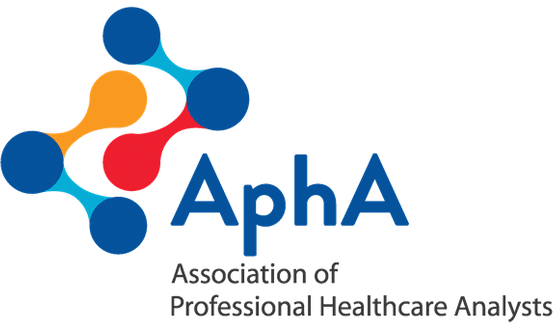King’s Fund calls for better staff data
- 5 May 2015

The King’s Fund has called for better data to support more sophisticated NHS workforce planning.
In a report issued last week, the think-tank says there are significant gaps in the data available on the number of staff who work in the NHS, what they do, and where there are shortages or skills gaps.
It notes there are particular issues with primary and community care and independent and voluntary sector providers, even though they have seen a significant pick-up in work as a result of the Transforming Community Services and ‘any willing provider’ programmes.
The report’s authors, led by Rachel Addicott, say this lack of data makes it difficult to determine whether these areas are facing recruitment challenges, and whether these reforms have improved the care delivered.
The report also notes that there is limited data on vacancies and that the Health and Social Care Information Centre collects little data on bank and agency staff.
This makes it hard to work out how much it costs to recruit and retain staff, or to work out how many temporary workers are delivering NHS-commissioned care.
Yet it is widely believed that the Francis Report and subsequent targets for ward staffing have led to an increase in recruitment and in the use of bank and agency staff, and that this has been a significant cause of pressure on trust finances.
In a blog post, Addicott writes: "We urgently need a more comprehensive and systematic dataset that captures information on the whole workforce delivering NHS-commissioned services.
"It is only through doing this that we can build an understanding of the entire clinical workforce, including those in temporary roles,a nd including those employed by non-NHS providers.
"This will give us all a better chance of identifying emerging issues before they become major problems."
The “Workforce planning in the NHS’ report says the lack of data also matters because the NHS still employs around 1.4 million people, who account for around 70% of recurring NHS provider costs.
Unless the right workers are recruited to the right places, it will be impossible to address these costs, or deliver the new models demanded by the ‘Five Year Forward View’ plan to deliver savings of £30 billion by 2020-21.
“Although it is vital to get the workforce of the future right, in the main the clinical workforce of 2020 is the one that we have in 2015,” the report concludes.
“This means that for the Forward View – just as for any strategy that looks to make major changes to services before new staff can be trained in substantial numbers – there needs to be a clear plan of how the current workforce can meet the challenges ahead.
“Individual organisations… need to learn from best practice… [but they also need] to be clear about the extent to which affordability has influenced their estimates of future workforce, so the system can understand where it is taking risks.”
The report calls for clearer national leadership on workforce issues, including “a robust assessment of the current state of supply and demand.”
It also calls for more alignment between national bodies, such as Health Education England, which is responsible for medical education and training, and individual NHS employers, and for a proper focus on affordability.
The NHS has been holding down pay rates, and is likely to look to continue to do so as it tries to implement the Forward View.
However, the Fund warns that this means it may end up short of workers in key areas, with the mental health and community sectors finding it particularly hard to recruit.
“This,” it concludes “would mean that it would fail to make the transformative changes needed for its long-term stability.”




